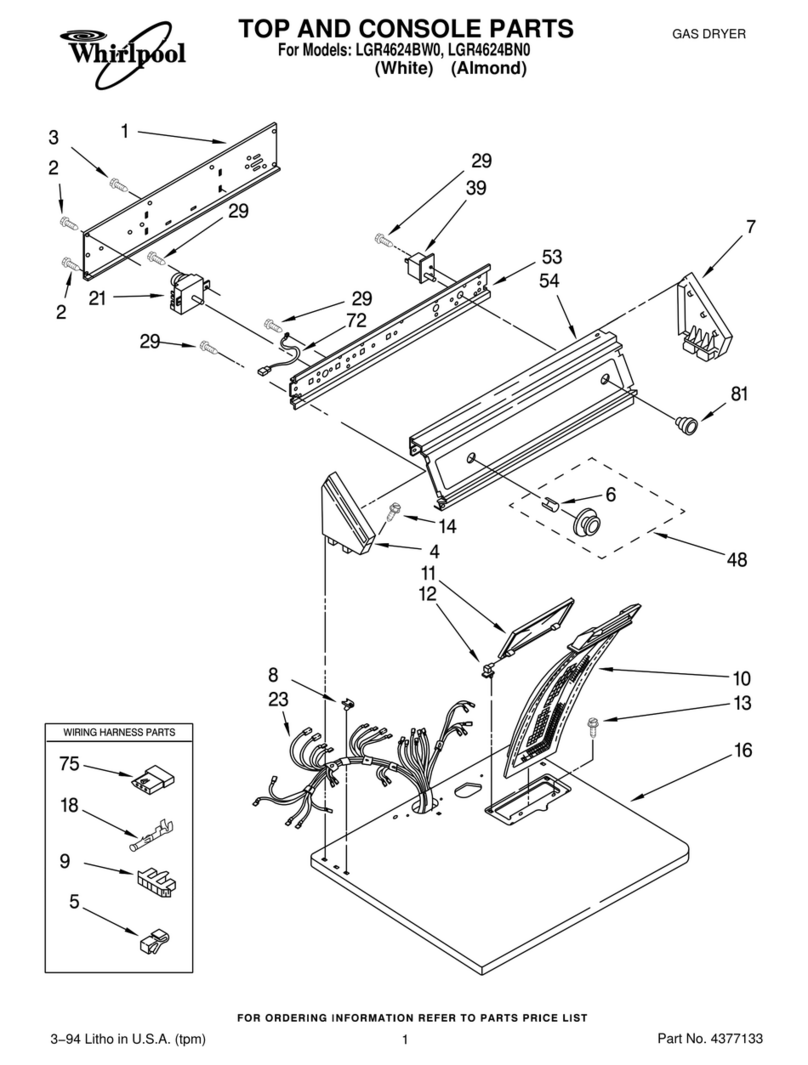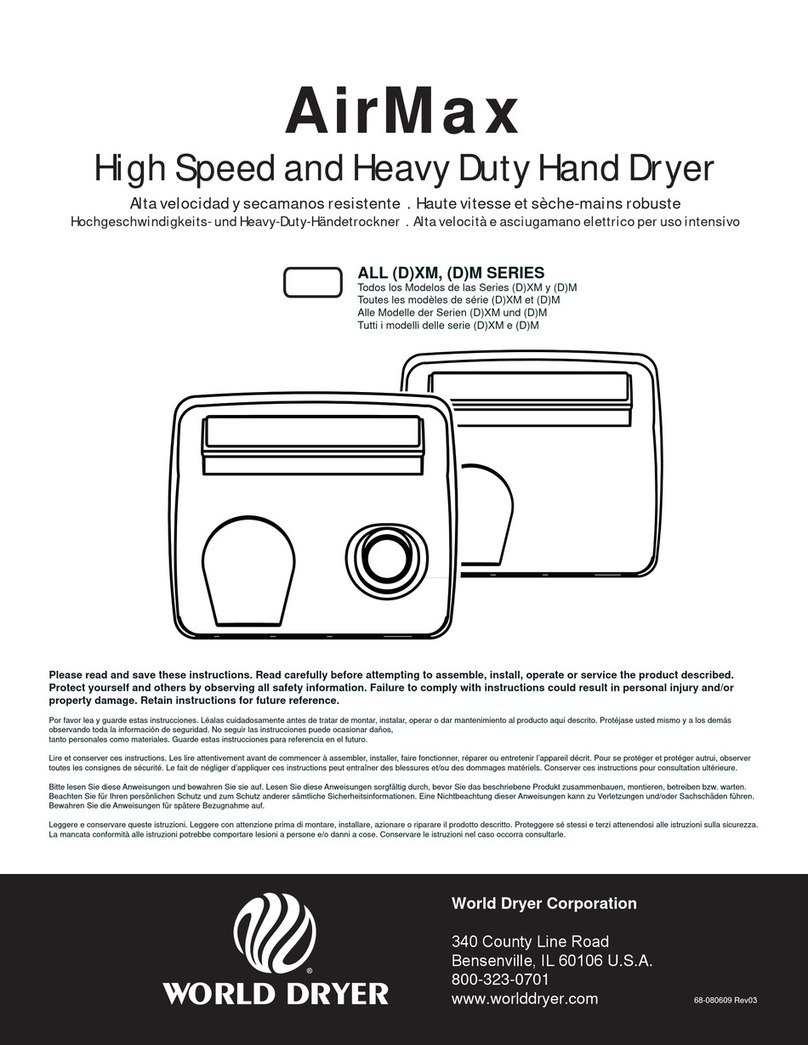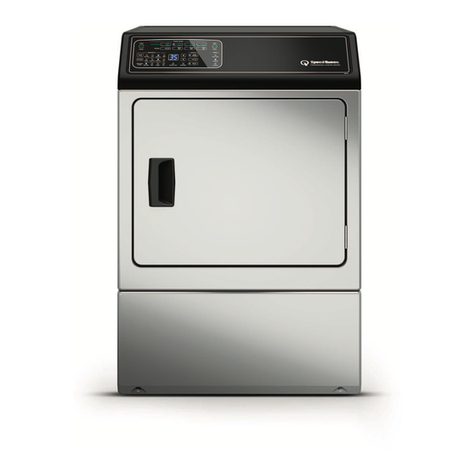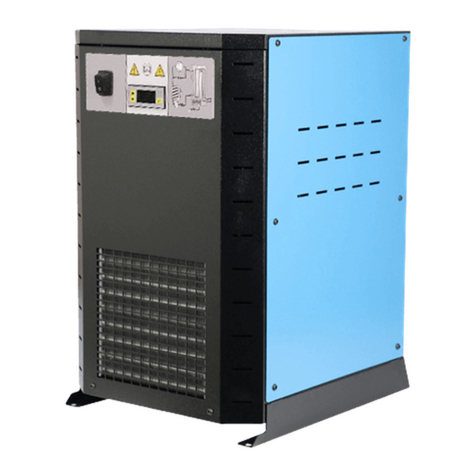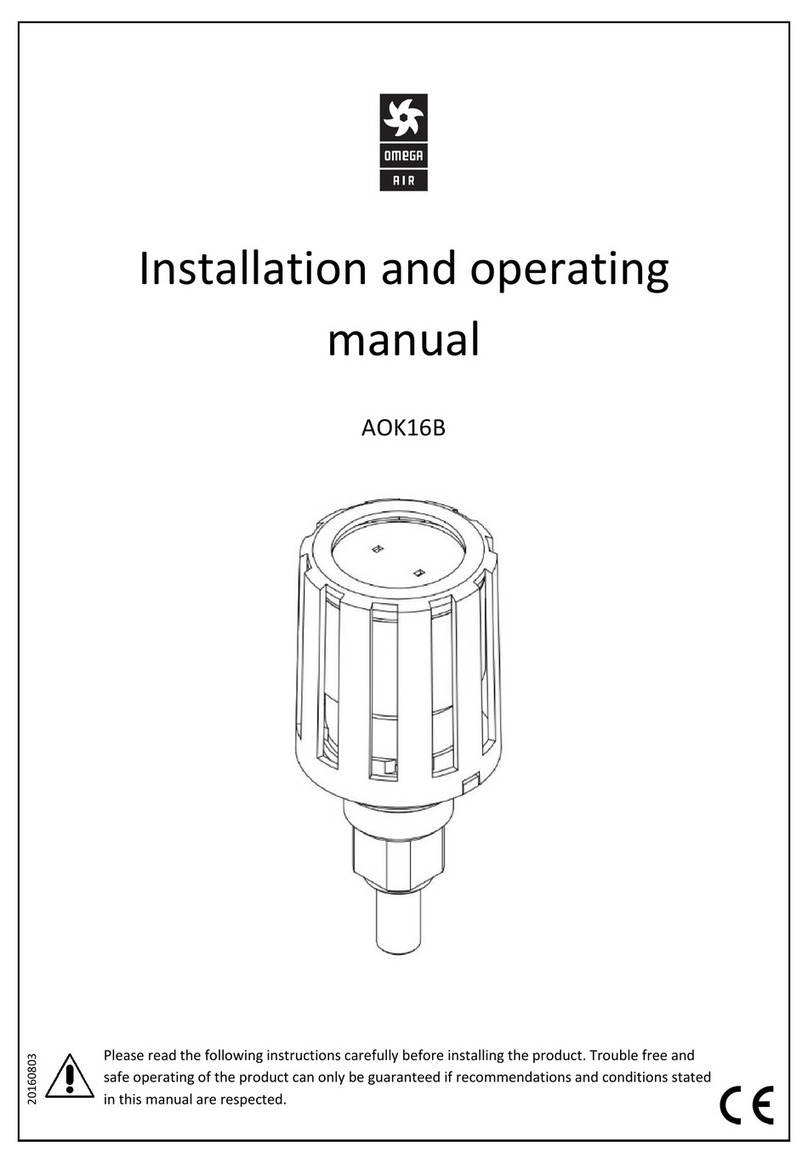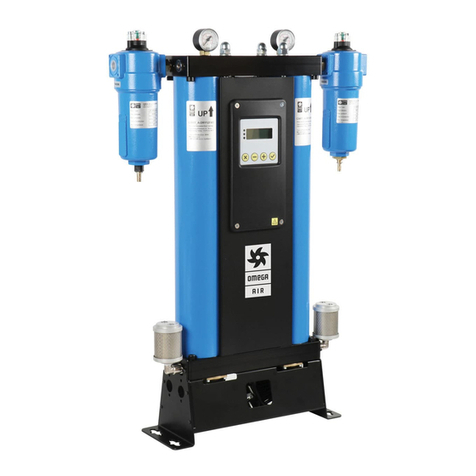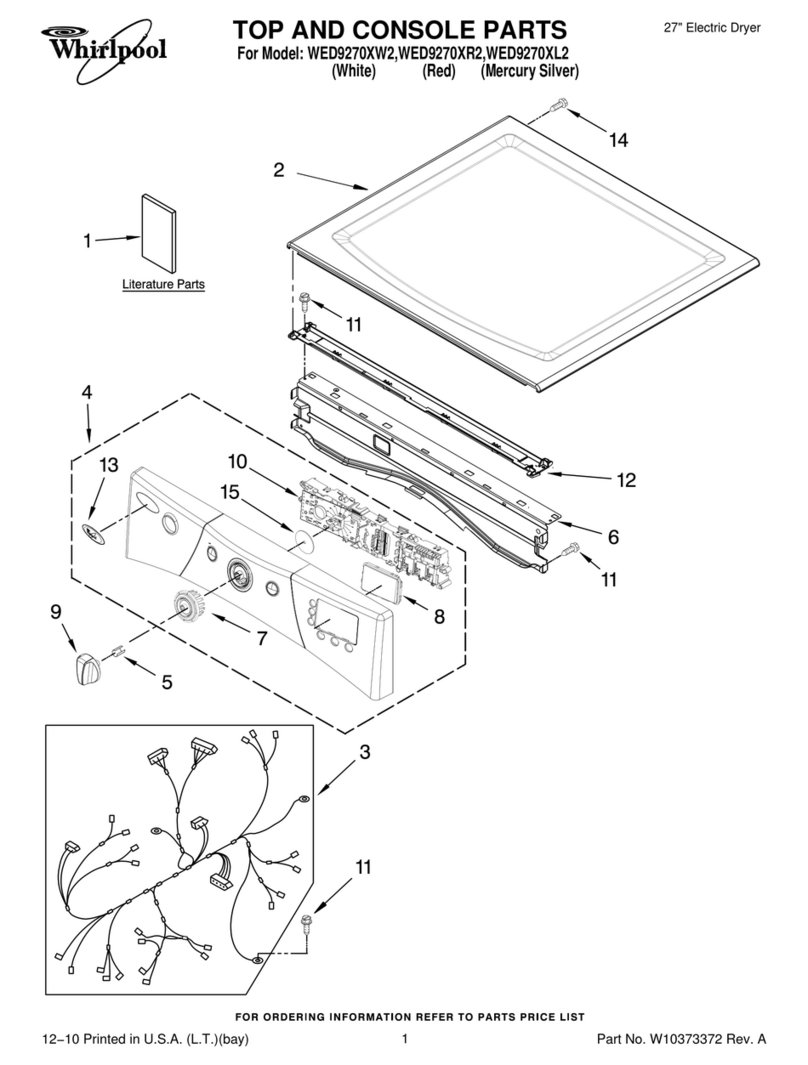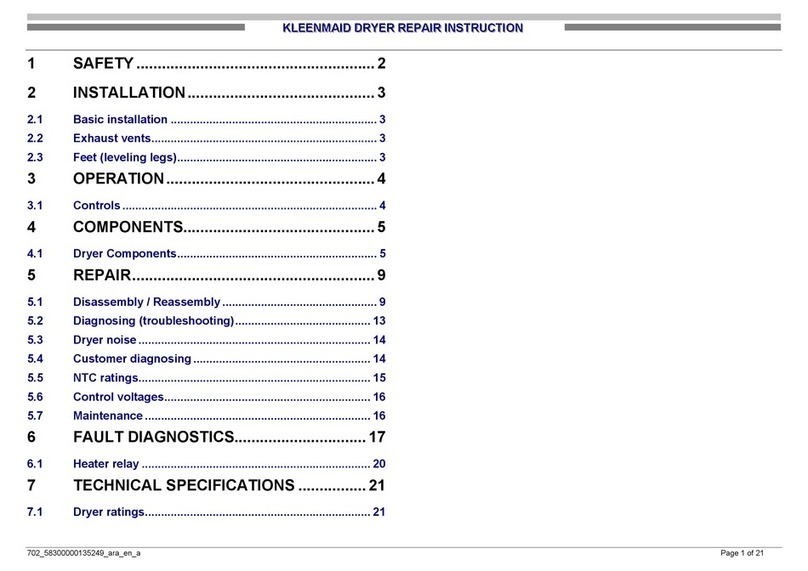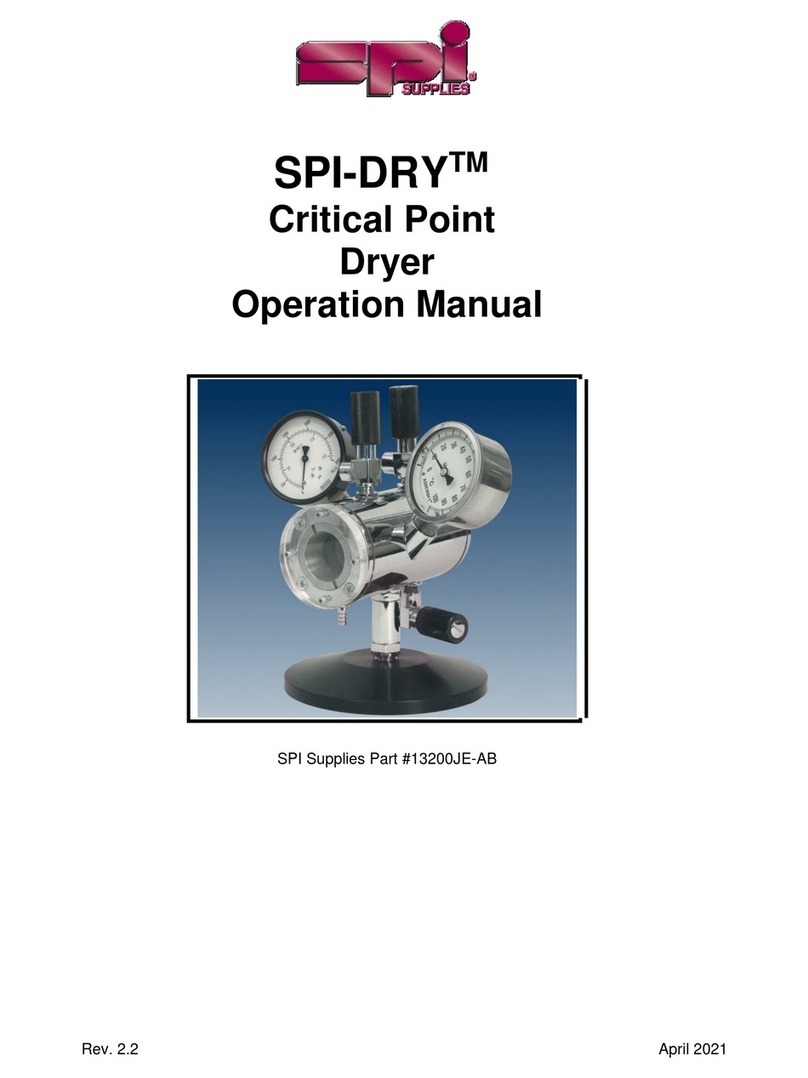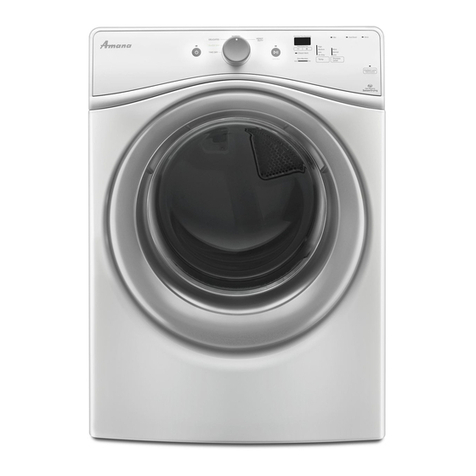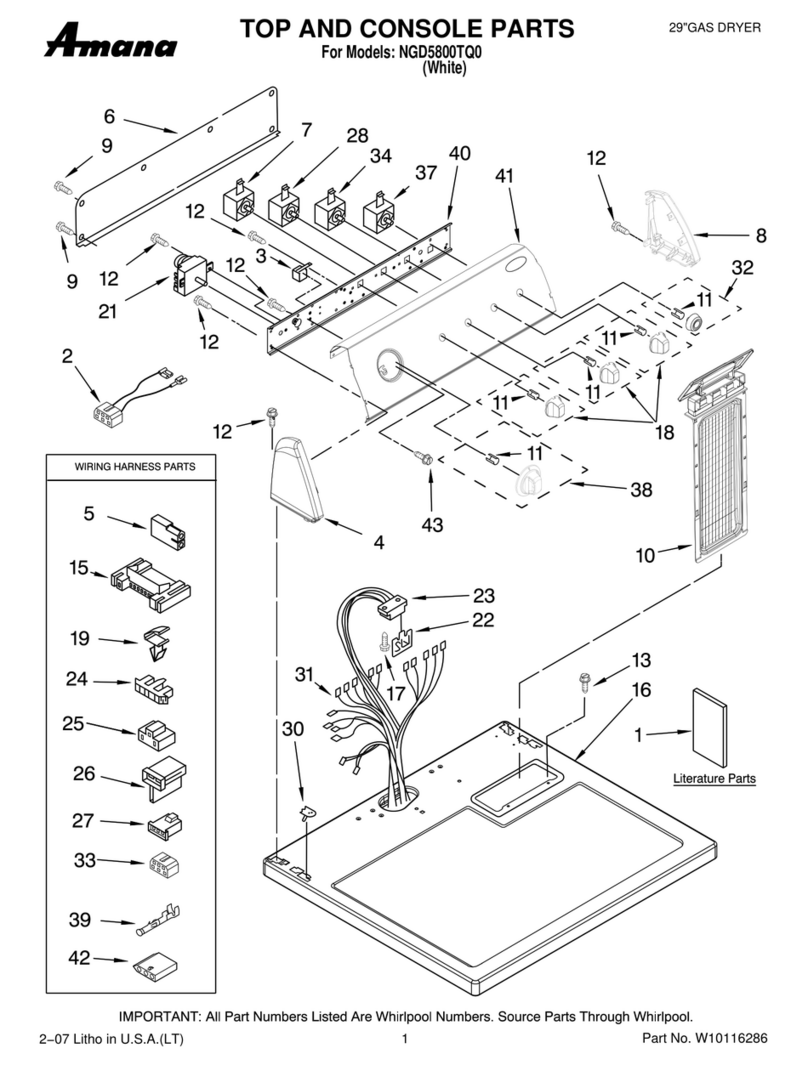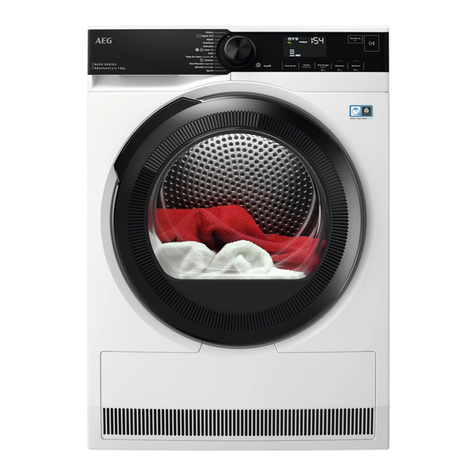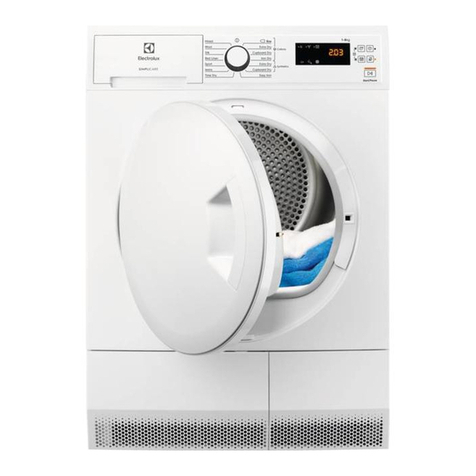
Index
1 GENERAL INFORMATION ............................................................................................................................... 5
1.1
D
EVICE
I
NFORMATION
........................................................................................................................................ 5
1.2
S
UPPLIER
I
NFORMATION
..................................................................................................................................... 5
1.
B
ASICS
............................................................................................................................................................ 5
1.4
A
DSORPTION
D
RYERS
......................................................................................................................................... 6
1.5
A
DSORPTION
.................................................................................................................................................... 6
1.6
A
PPROPRIATE
U
SE
............................................................................................................................................. 6
2 SAFETY INSTRUCTIONS .................................................................................................................................. 7
3 TECHNICAL DATA ......................................................................................................................................... 10
.1
C
OMPONENTS
................................................................................................................................................. 10
.2
S
PECIFICATIONS
............................................................................................................................................... 11
4 DESCRIPTION OF OPERATION ...................................................................................................................... 14
5 CONTROLLER ............................................................................................................................................... 1
5.1
S
TATUS
S
CREEN
............................................................................................................................................... 17
5.2
D
EW
-
POINT
M
ONITORING
................................................................................................................................ 18
5.
T
IMES
........................................................................................................................................................... 19
5.4
D
RAIN
........................................................................................................................................................... 20
5.5
M
ANUAL
S
ELECTION OF
F
IXED
C
YCLE
.................................................................................................................. 21
5.6
LCD
D
IAGRAM
................................................................................................................................................ 22
5.7
S
TAND
-
BY
...................................................................................................................................................... 2
5.7.1 LCD Diagram for Stand-by Feature ..................................................................................................... 24
5.8
P
ARAMETER
S
ETTINGS
...................................................................................................................................... 25
5.8.1 LCD Diagram of Parameter settings ................................................................................................... 27
5.9
U
PDATING AND
R
EPROGRAMMING
..................................................................................................................... 28
5.10
E
LECTRICAL
S
CHEME
&
S
ENSOR
C
ONNECTION
..................................................................................................... 1
5.11
D
ATA
L
OGGING
.............................................................................................................................................
5.12
R
EMOTE
A
CCESS
........................................................................................................................................... 4
EFFICIENCY CONSIDERATIONS ..................................................................................................................... 38
7 TRANSPORTATION ...................................................................................................................................... 39
8 STORAGE ..................................................................................................................................................... 40
9 INSTALLATION ............................................................................................................................................. 41
9.1
G
ENERAL
I
NSTALLATION
R
EQUIREMENTS
.............................................................................................................. 41
9.2
I
NSTALLATION
L
AYOUT
...................................................................................................................................... 42
9.
I
NSTALLATION
P
ROCEDURE
................................................................................................................................ 44
10 COMMISSIONING ...................................................................................................................................... 45
10.1
P
RESSURIZATION
........................................................................................................................................... 45
10.2
O
PENING
O
UTLET
V
ALVE
................................................................................................................................ 46
10.
S
TART
-
UP
.................................................................................................................................................... 46
11. DECOMMISSION ....................................................................................................................................... 47
12 MAINTENANCE .......................................................................................................................................... 48
12.1
D
RYER
O
PERATION
I
NSPECTION
................................................................................................................... 50
12.2
C
OMPLETE
D
RYER
I
NSPECTION
.................................................................................................................... 50
12.
F
ILTER
E
LEMENTS
R
EPLACEMENT
................................................................................................................. 50
12.4
E
XPANSION
S
ILENCERS
R
EPLACEMENT
.......................................................................................................... 50
12.5
C
ONTROL
V
ALVE
R
EPLACEMENT
(L
OWER
B
LOCK
) ................................................................................................ 51



